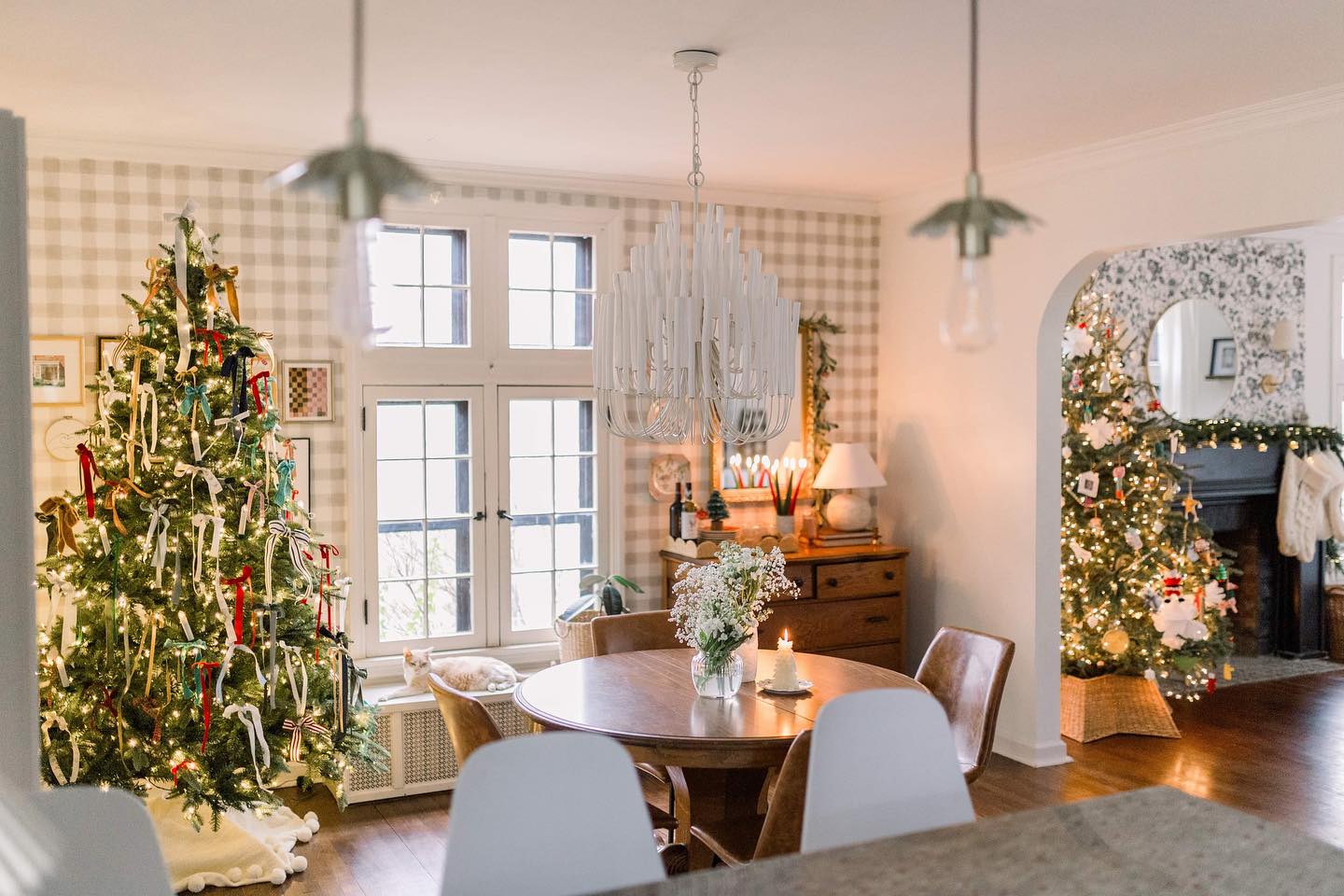When a room doesn't turn out the way you want it or it ends up feeling a little off, it's usually because the scale is not working," says designer Reita Bayman, Allied ASID, of Reflections Interior Design in Cleveland Heights.
By scale, Bayman means that the size of the furnishings and the dimensions of the space are not working harmoniously: Some pieces may be too large or too small for the volume of a room, too low in relation to the ceiling height or even disproportionate to one another. These coordinating proportions need to be considered at every level of decorating, from the selection and layout of furniture to the choice of patterns and accessories. The most common examples of misunderstanding scale occur when choosing accessories and artwork.
"From a design perspective, scale is about impact and importance," says Bayman. "Often, when we are unsure of our choices, we choose smaller pieces." But this mind-set begets clutter. Once the too-small artwork is hung or a vase is marooned like a tiny island in the middle of a table, more pieces are added to fill the unused wall or table space.
Important artwork and accents should be large enough to be understood immediately upon entering a room. In a dining room she designed for an avid art collector, Joelle Mintz, Allied ASID, grouped three medium-sized paintings — each very different from the other two — closely together. For a relatively small room, this repetition of large, bold artwork achieved the maximum effect: Everything else in the room is simple and elegant, including a subtle trio of pendant lights, a clean-lined dining set and a small, chunky centerpiece, in order to balance out the space.
Many newly constructed homes are now built with double-height great rooms. Designers have learned to reconcile these voluminous spaces with furnishings that match their large scale and proportions. But with resulting trends in furnishings moving toward larger, oversized seating and the scale of home-theater systems growing exponentially, people who live in smaller homes or apartments are ending up with living rooms that are dwarfed by the television and sofa. David L. Hawkins, ASID, suggests holding off purchasing these oversized pieces until you have the luxury of space offered by many new homes.
"When designing their own homes, most people can figure out the color scheme or how to come up with a theme," notes Bayman. "But when it comes to scale, it's a concept that everyone seems to have a difficult time grasping."
Trending
-
1
-
2
-
3
-
4
-
5










